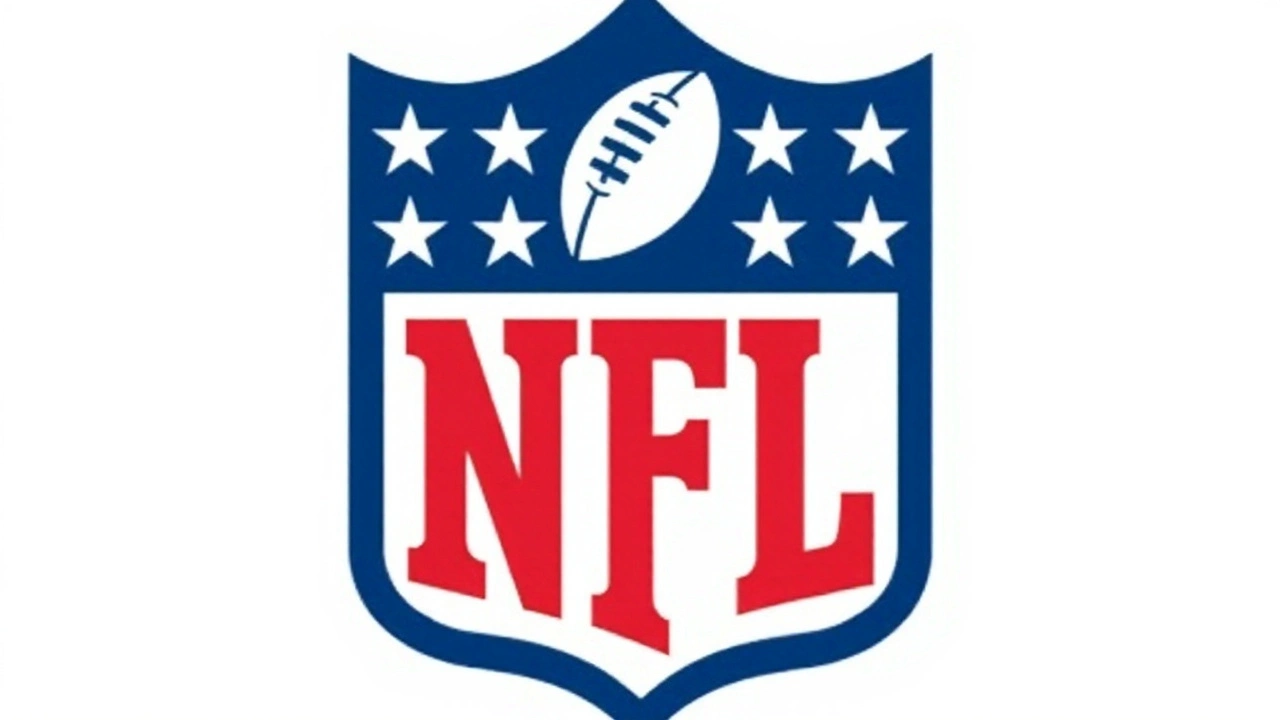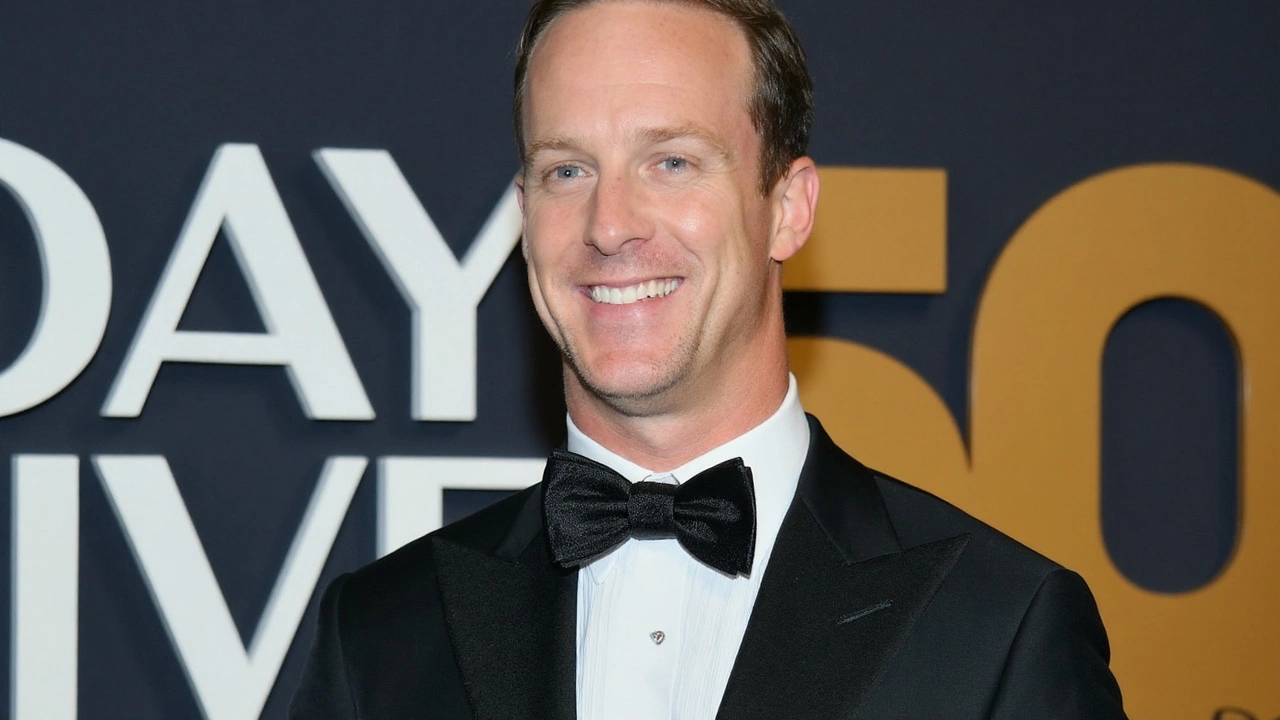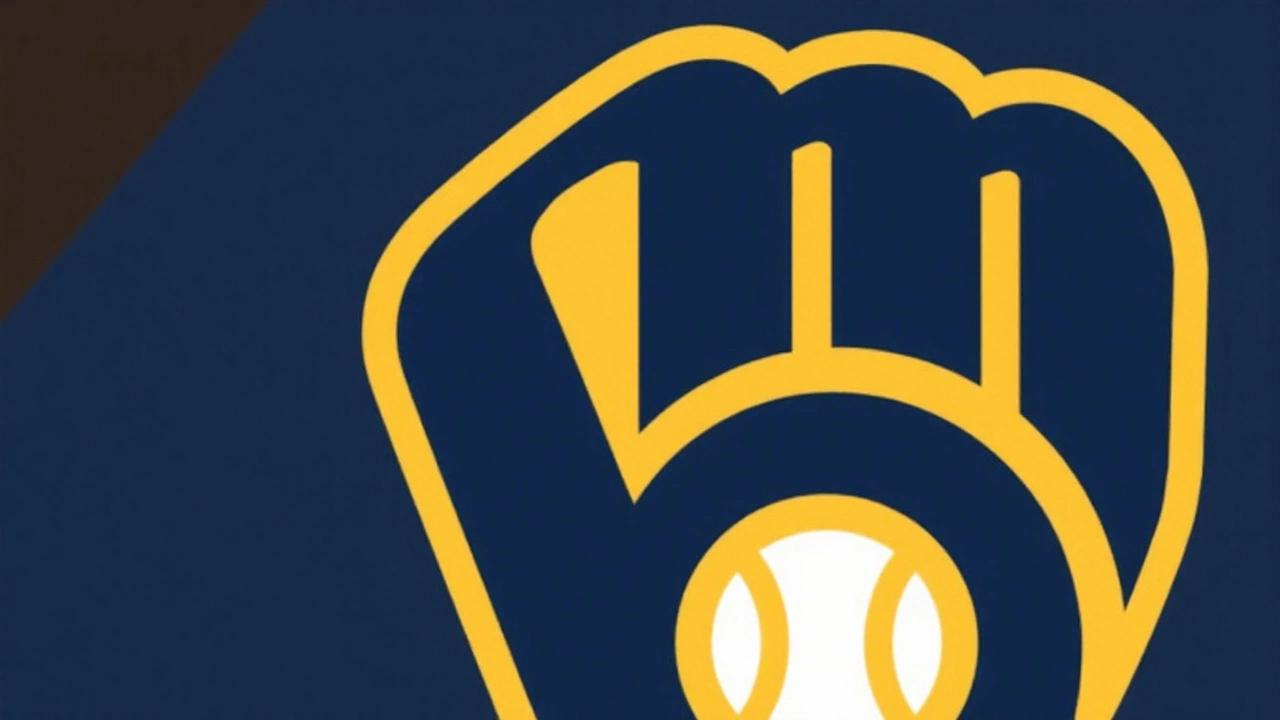Second-half surge: McCarthy turns a debut into a statement
Two rookie quarterbacks. One loud stadium. One game that didn’t blink until the final minutes. Under the Monday night glare, the Vikings vs Bears opener delivered a 27-24 Minnesota win and a full-range viewing of J.J. McCarthy’s poise under pressure. For three quarters, the Vikings’ rookie looked stuck in neutral. Then the fourth quarter arrived, and he owned it: two touchdown throws and a bruising keeper to finish the comeback at Soldier Field.
This was McCarthy’s first real football since he lifted Michigan to a national title at the end of the 2023 season. He spent 2024 rehabbing a knee injury, learning Kevin O’Connell’s system, and living on the clipboard. By halftime Monday, he had more misfires than moments. O’Connell reportedly told him at the break, “You are going to bring us back to win this game.” The call wasn’t for sizzle; it was permission to settle down and attack what the defense was actually giving him.
Chicago didn’t fold. Caleb Williams, in his own NFL debut, answered with the kind of flashes that made him a No. 1 pick-caliber talent: a composed rushing touchdown in tight space and a strike through a narrow window for six. Ben Johnson, fresh off his rise in Detroit, dialed up spreads and motion to isolate matchups. The offense looked more organized than last year’s version, even if the late-game execution fell short.
What changed for Minnesota after halftime? The Vikings leaned into tempo, trimmed the progression asks, and let McCarthy find rhythm throws before taking shots. They sprinkled in designed movement, moved the pocket, and forced Chicago’s linebackers to declare coverage. Suddenly, the ball was out on time, the chains moved, and the Bears’ pass rush lost its teeth. It wasn’t flashy football; it was sensible football.
On the perimeter, Justin Jefferson’s gravity mattered even when he wasn’t catching the ball. Chicago had to shade help, and that opened windows elsewhere. T.J. Hockenson, returning as the security blanket, found soft spots against zone and offered a stress-free target when the rush closed in. DJ Moore gave Williams similar relief the other way—quick access throws, YAC chances, and a reliable answer on third down.
The scoreboard tells you how tight this rivalry stays. Eight of the previous eleven meetings were one-score games; this one followed the script. Minnesota has historically struggled here, too, going 7-14-1 against the spread in its last 22 at Soldier Field before this week. That baggage made the fourth-quarter flip feel bigger than a Week 1 win.
Defense mattered in spurts. Minnesota’s front didn’t dominate, but it muddied enough pockets late to make Chicago earn every inch. The Bears, for their part, mixed pressures and disguised rotations to rattle McCarthy early. The difference late was composure: Minnesota stayed on schedule, protected the ball, and managed the clock; Chicago’s final drives stalled when the Vikings squeezed the middle of the field and tackled clean.
- Final: Vikings 27, Bears 24
- Spread: Minnesota -1.5 at close (covered after a summer flip from Bears -1.5)
- Total: 43.5 (the game cleared the number as the fourth quarter opened up)
- McCarthy’s fourth quarter: two TD passes plus a rushing score
There was plenty of betting chatter around this one. The line moved all summer, reflecting uncertainty around two rookie quarterbacks and new offensive ideas in Chicago. Historical trends leaned Bears—home underdogs in divisional games have been a profitable angle since 2015, covering roughly two-thirds of the time with a strong 13-4 mark at home in that stretch. Minnesota broke that trend, and they did it late, which tends to tilt markets quickly in the weeks to come.
Prop-watchers got a mixed bag. Bears kicker Cairo Santos came in projected around 7.5 fantasy points and delivered multiple field goals in a game that asked him to keep the scoreboard nudging. Jefferson was tabbed to flirt with 80 yards and looked the part of a coverage magnet. DJ Moore stayed busy as Chicago’s chain-mover. Hockenson was circled all week as a likely red-zone piece and functioned as McCarthy’s stabilizer whenever the play extended.
Zoom out and the coaching debuts tell their own stories. O’Connell trusted his rookie and adjusted aggressively. He cut down the mental math and let the quarterback play basketball—drive, kick, take the open three when it’s there. Ben Johnson’s plan was coherent: motion to identify coverage, pace to tire fronts, and designed keepers to get Williams comfortable. If execution looked choppy in the final minutes, the bones of the offense were sound.
What should Chicago take from this? The foundation is there. Williams processed well enough for a first outing, used his legs as a tool rather than a crutch, and kept his eyes up when the pocket squeezed. The next step is late-game rhythm: two-minute tempo, clock-tethered decisions, and clean protections on must-pass downs. Those reps come with time—and they can’t be simulated well in August.
What should Minnesota take from this? The quarterback can handle the moment, and the huddle believes it. The staff found a run-pass balance that didn’t ask McCarthy to be a hero on every snap. The defense isn’t a sledgehammer, but it played connected ball in the fourth quarter and forced Chicago to throw into tight windows.

Why this opener moved markets—and what’s next
Openers don’t crown contenders, but they move perception. Books nudged Minnesota from underdog to favorite by kickoff, and the Vikings validated that confidence. They covered, they hit the over, and they gave bettors a clean read on how O’Connell plans to bring a rookie along: steady diet of early-down rhythm, quick-game answers to pressure, and selective aggression off play action.
The atmosphere mattered. Soldier Field roared when Williams broke the pocket and when Santos drilled his field goals. It surged again when Chicago drove late. That the Vikings kept their composure in that noise—after three uneven quarters—is exactly the kind of small data point coaches point to in October.
If you’re tracking trends, keep these in your notebook:
- Rivalry gravity is real: another one-score finish in a series that rarely stretches out.
- Market flip validated: summer Bears -1.5 to Vikings -1.5 at close, and Minnesota covered.
- Rookie arc: both quarterbacks showed why they were drafted where they were—and why patience still matters.
One more layer: health. McCarthy’s knee held up through contact and second-effort plays near the goal line. That’s not nothing for a player who lost a full season. Chicago came out of the game with a functioning plan on offense and a defense that, while stung late, forced long fields and won early downs. Clean up the explosives and the Bears will be in a lot of fourth quarters with a shot.
Week 1 can be a mirage, but it can also be a mirror. Minnesota saw a rookie take command when the script flipped. Chicago saw proof its new scheme can move the ball and a reminder that closing is a skill you build. Both teams leave with answers—and better questions—for the next few weeks.






